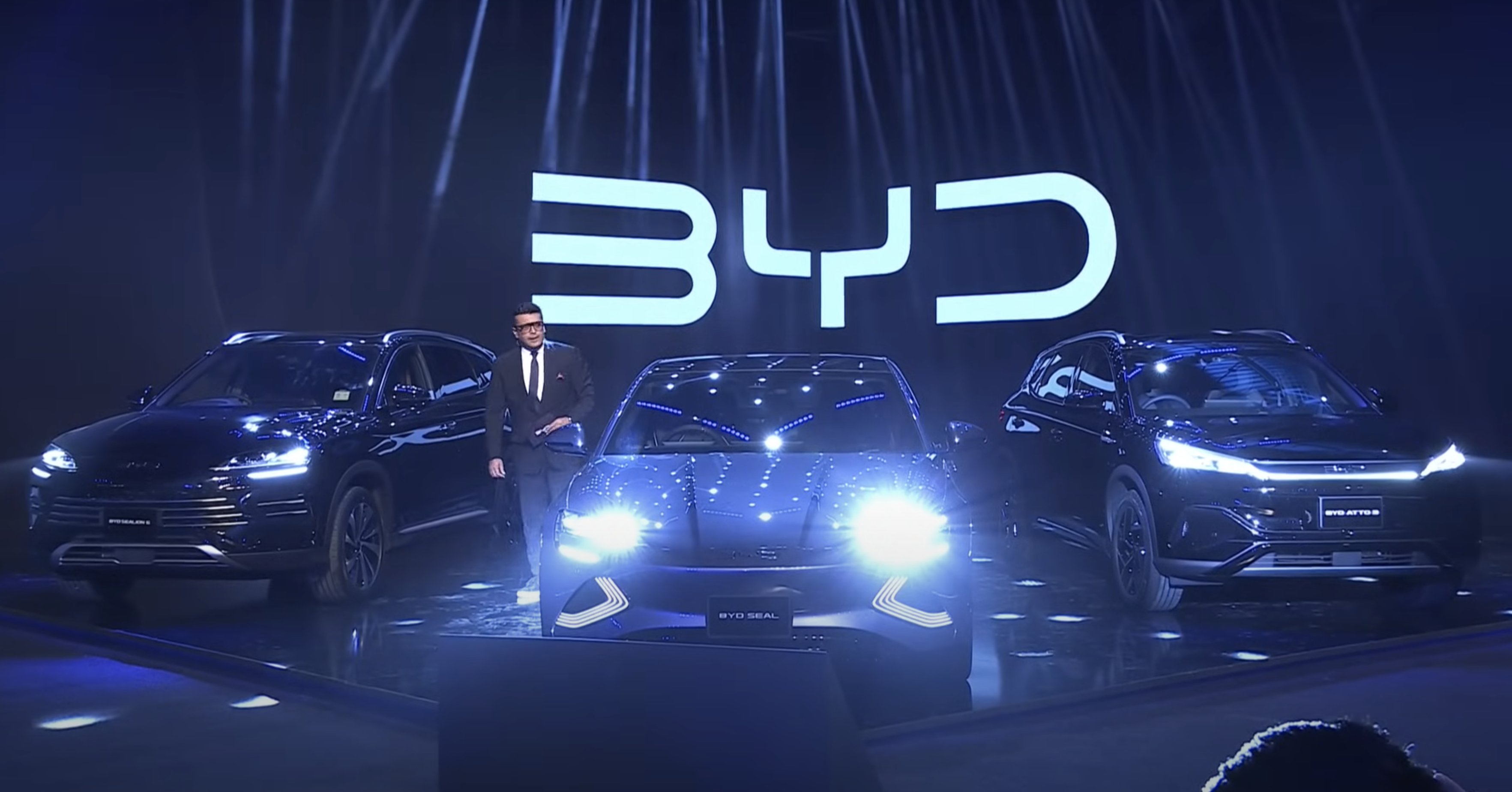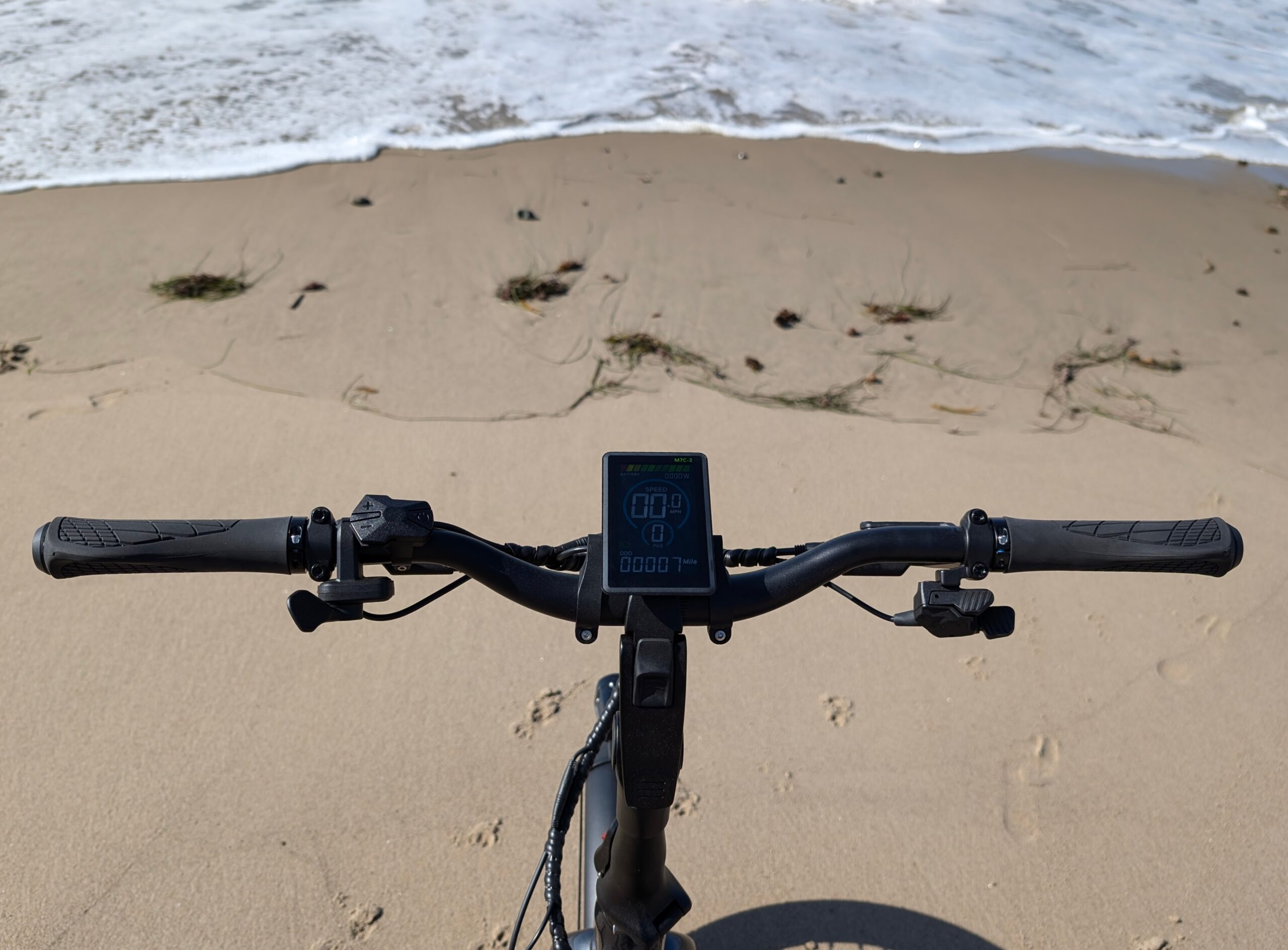Sign up for daily news updates from CleanTechnica on email. Or follow us on Google News!
We first discovered Mercury Marine’s Avator electric motors at CES in Las Vegas this year, and we were fortunate enough to be invited out to Charleston, South Carolina, to test them out in person.
The new motors in the Avator lineup are on the smaller side of typical marine motors with ratings from 750 watts up to 11 kilowatts in output. That’s roughly 1 horsepower up to 14.75 horsepower for those of you still measuring power in farm animals. At this size, the motors are well suited to low speed. Larger applications like the SunTracker party barge 18 DLX harbor touring boats, small skiffs, and Zodiac inflatable boats.
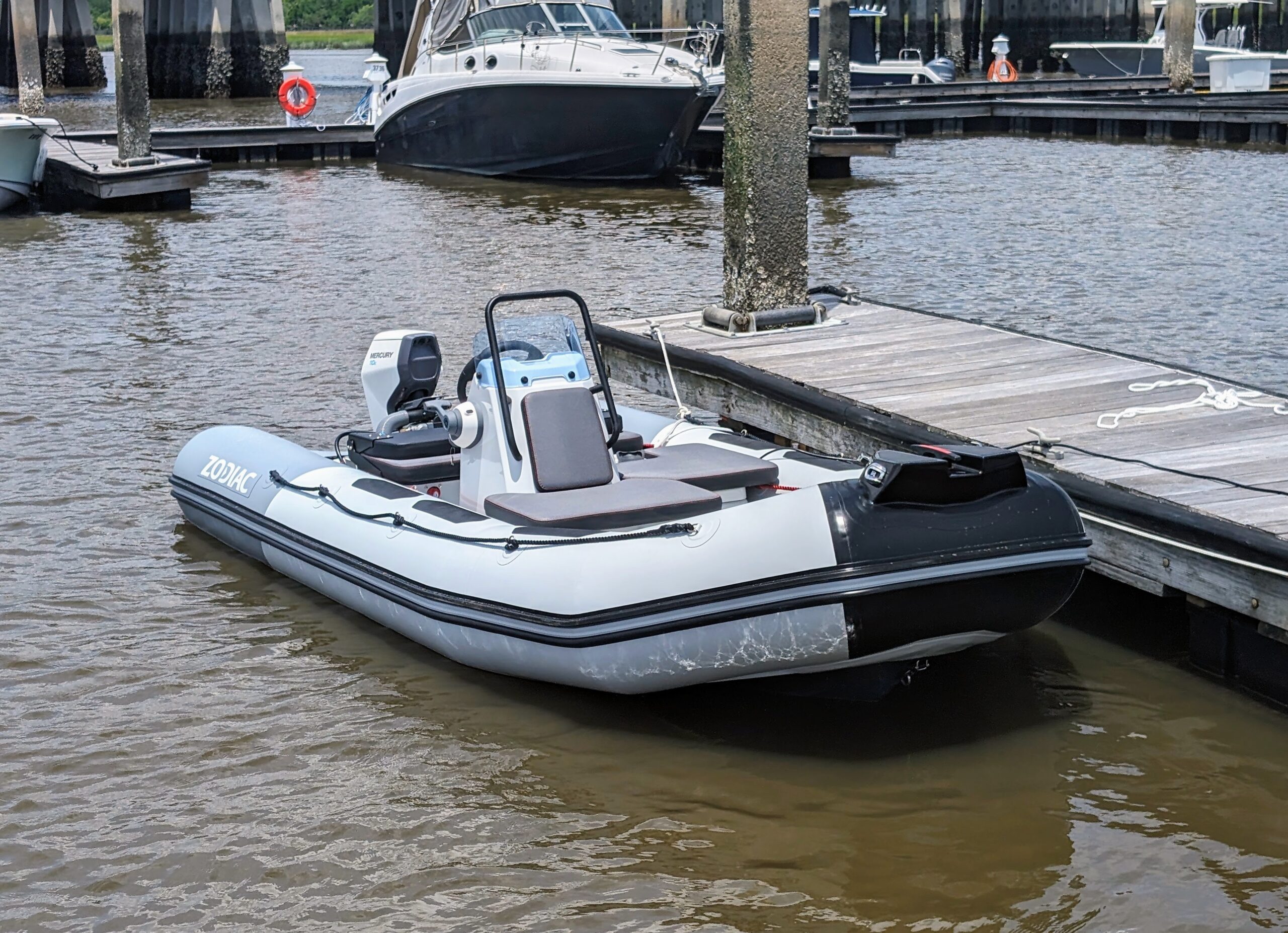
These compact motors clearly aren’t attacking the highest emission vessels, but instead provide a solid foothold where Mercury believes its new motors and batteries will find solid traction in the market. They’re clearly moving fast and it makes sense to start with the smaller, lower risk motor and battery combinations first.
That doesn’t mean they aren’t important. If anything, it’s the opposite. If you go down to any local marina, you’ll see tons of boats sitting around in the water just waiting to be used. What’s beautiful about Mercury’s electric lineup is that most marinas are already equipped with shore power today. That fact alone makes it easy for a boat owner to simply plug their Avator-equipped boat into shore power and keep it charged up at all times. No more worries about old gas, refueling, or even maintenance.
In a day and age where fuel prices are only continuing to climb, the ability to refuel from existing shore power is a significant advantage for a vessel equipped with an electric motor and battery. The Avator 7.5e puts out 750 watts of power and is perfect for one- or two-person vessels with its tiller configuration. They’re not going to break any speed records, but they’re more than sufficient for small fishing excursions, tooling around the harbor, or as a tender for a larger vessel.
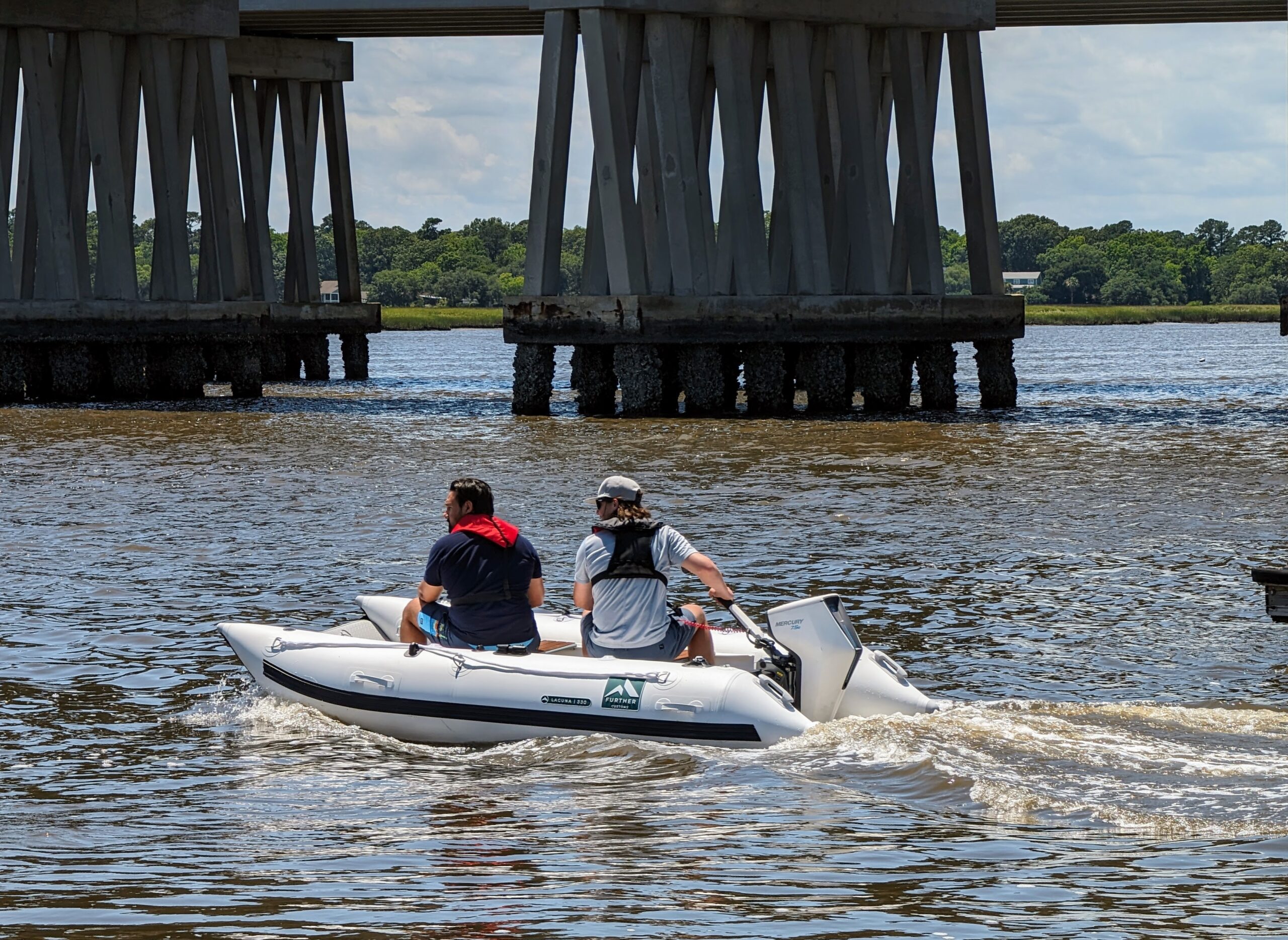
The electric motors make it easy for anyone to simply hop into the boat and get moving without the need to pull-start a gas motor or worry if the gas in the tank has gone bad or not. More exciting than the ability to charge at any harbor is solar charging.
Mercury Marine’s electrification channel manager Dan Ryks shared with us that the company is working on a solar charger for its Avator lineup that they hope to bring to market later this year. They’ve already heard from early Avator owners and prospective owners that this is something that they want. The ability to take a fully charged vessel out of the harbor out to a nearby island and camp for a few days is compelling, and having a solar charger gives owners the confidence that they can recharge the onboard battery from the sun, giving them extra range.
Getting back to all of the boats sitting in the harbor, a solar awning over the boat could also provide important shade on the vessel while keeping the battery fully charged without even needing to plug in to power. It’s a no-brainer, if you ask me.
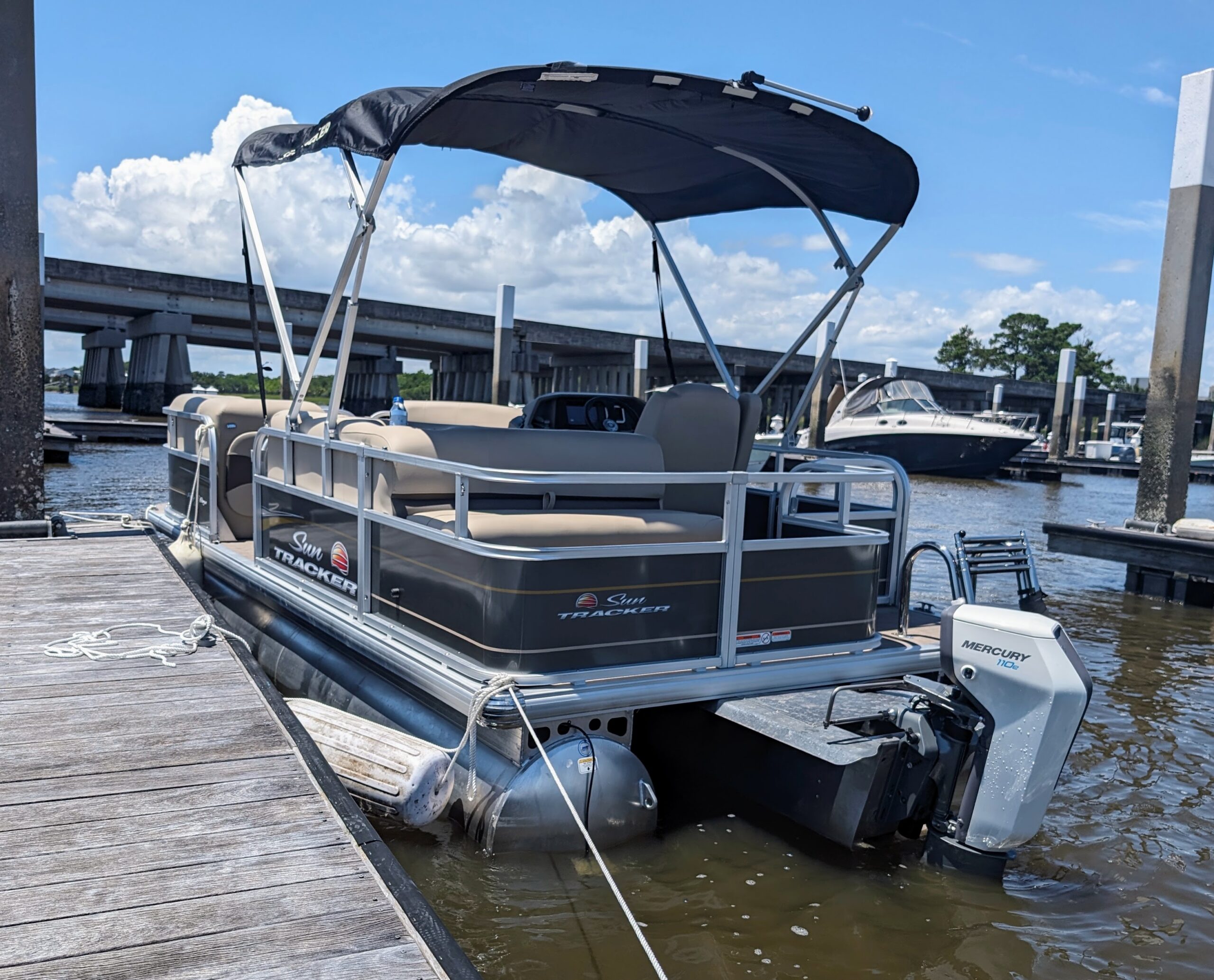
Compared to combustion engines which require regular maintenance and protection against corrosion from saltwater, the Avator lineup is almost maintenance-free. Coupled with the ever-increasing cost of gas and the relatively low cost of electricity, the total cost of ownership of an Avator-equipped motor package compared to an equivalent combustion motor is already within spitting distance.
Mercury shared that it is switching from nickel manganese cobalt-based (NMC) battery cells to lithium ferro phosphate (LFP) cells for most of its larger applications. In these vessels, weight is less of an issue and the battery packs themselves, which come in 5.4 kWh modules, are generally fixed in place, meaning the boat owner won’t be pulling them out and moving them around.
In these cases, the benefits of LFP battery packs outweigh their larger volumes and heavier weight. For their smaller Avator motors, Mercury Marine still plans to use NMC battery cells, as motors like the Avator 7.5 were designed to be portable with the battery integrated into the motor housing. For these, weight is still a key consideration so NMC is a better option.
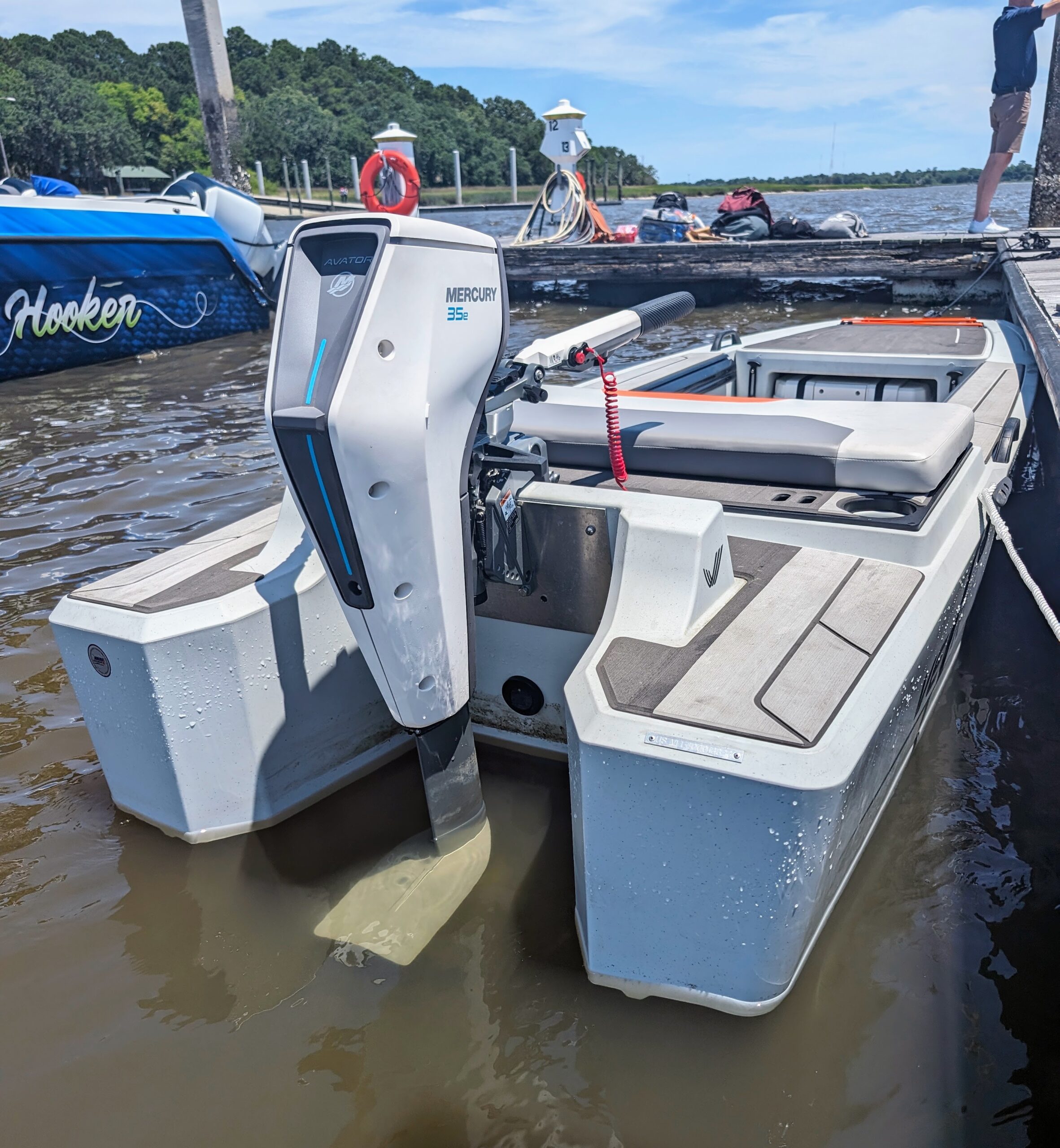
It’s clearly still early days for electric motors in the marine industry, but even now, what Mercury Marine has already done with its Avator lineup makes it clear that there are plenty of early markets where they already make sense. They’re already finding traction with early adopter and thought leaders, even at their admittedly hefty current price points.
Most of the smaller Avator motors come in a tiller configuration with an integrated throttle and as the motor packages get larger, a center console with a more traditional right-hand throttle available as an option.
For more information about Mercury’s Avator electric motor and battery packages, head over to the official Avator website.
Disclaimer: Mercury Marine paid for some of the author’s travel and accommodations to attend this event.
Have a tip for CleanTechnica? Want to advertise? Want to suggest a guest for our CleanTech Talk podcast? Contact us here.
Latest CleanTechnica.TV Videos
CleanTechnica uses affiliate links. See our policy here.




